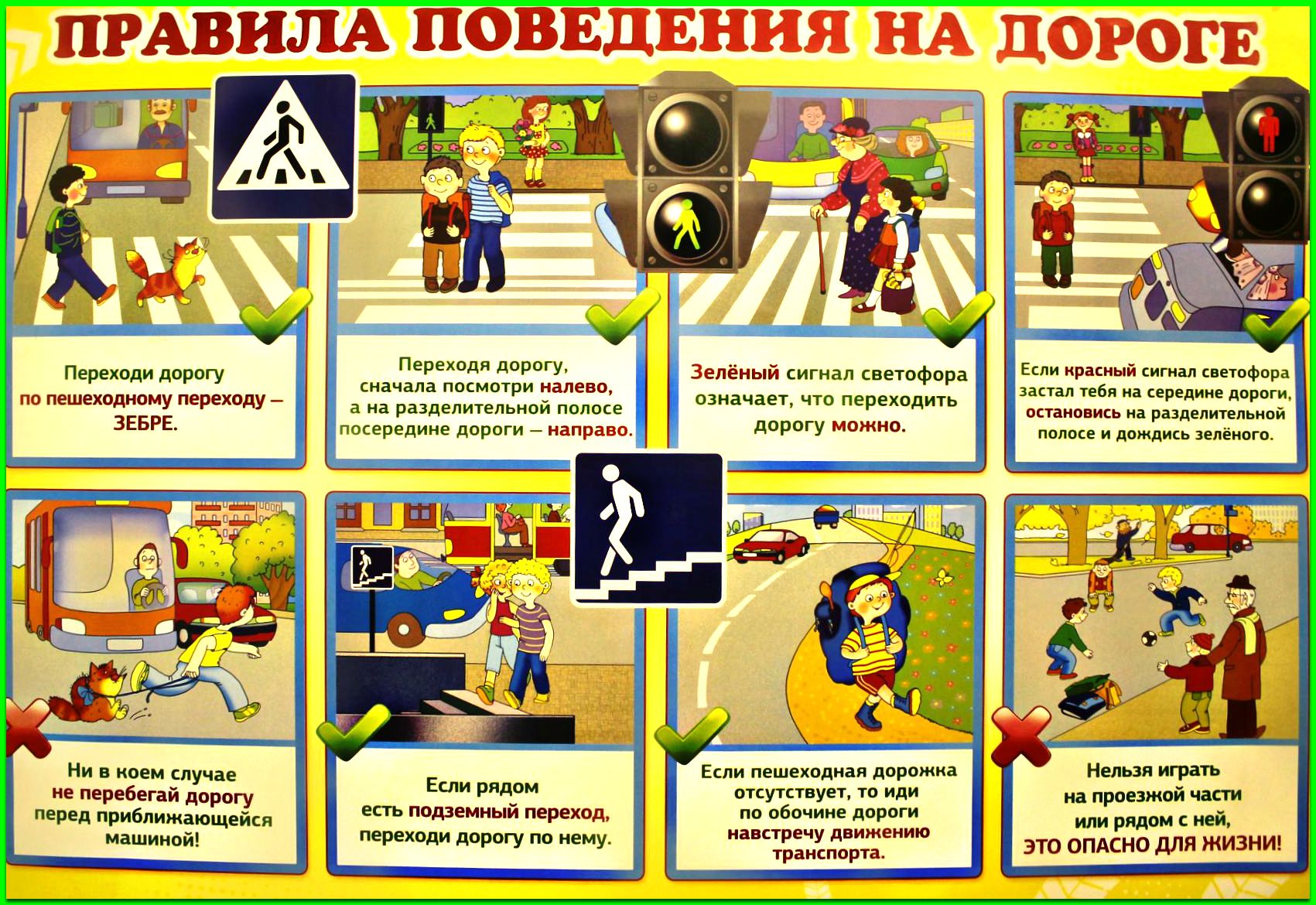
Highway Code for Maryland Drivers
Driving requires knowing the laws so you can be safe on the way to your destination. While you probably know your state's driving rules, that doesn't mean they will be the same when you visit or move to another state. Many traffic rules are based on common sense, which means that they remain the same from one state to another. However, some states have other rules that drivers must follow. The following are Maryland's traffic rules for drivers, which may differ from those in your state.
Licenses and permits
Drivers must go through a tiered licensing system in order to obtain a driver's license in Maryland.
Student Learning Permit
A learner's permit is required for all drivers who have never had a license.
A study permit is available when the applicant is 15 years and 9 months old and must be held for a minimum period of 9 months.
Temporary license
Applicants must be at least 16 years and 6 months of age and must meet the requirements of a student's study permit.
Any applicant who has been convicted of a transportation violation while holding a student permit must wait nine months after the violation to qualify for a provisional license.
Temporary licenses must be valid for at least 18 months.
Driver's license
Available to drivers aged 18 and over with a provisional license for 18 months.
Drivers with provisional licenses who have been convicted of a traffic violation must wait 18 months after the violation to obtain a driver's license.
right of way
Drivers must give way to pedestrians, cyclists and other vehicles that may be at the intersection, even if the other side is crossing the road illegally.
Drivers have no right of way if it results in an accident.
Funeral processions always have the right of way.
Reporting conditions
Maryland law requires drivers to report certain conditions when applying for a license. This includes:
Cerebral palsy
insulin dependent diabetes
epilepsy
Multiple sclerosis
muscular dystrophy
Cardiac conditions
Alcohol or drug addiction or abuse
Loss of a limb
brain injury
Bipolar and schizophrenic disorders
Panic attacks
Parkinson's disease
dementia
Sleep Disorders
Autism
Seat Belts and Seats
Drivers, all front-seat passengers and persons under the age of 16 are required to wear seat belts.
If the driver has a provisional license, everyone in the car must wear a seatbelt.
Children under the age of 8 or less than 4'9 must be in a child seat or booster seat.
Fundamental rules
Over speed - Speed limit signs are posted to enforce the maximum speed limit. However, Maryland law requires drivers to drive at "reasonable and reasonable" speeds based on weather, traffic, and road conditions.
Next - Under ideal conditions, drivers should maintain a distance of at least three to four seconds from the vehicle in front. This space should increase when the road surface is wet or icy, heavy traffic and when driving at high speed.
Walkthrough Maryland requires drivers who are being overtaken to give way to another vehicle. Increasing speed is prohibited.
Headlamps - Headlights are required whenever visibility drops below 1,000 feet. They also need to be turned on every time the wipers are turned on due to the weather.
Cell Phones - Using a portable mobile phone while driving is prohibited. Drivers over 18 years of age can use the speakerphone.
Buses - Drivers must stop at least 20 feet from a bus with its headlights flashing and the lock lever extended. This does not apply to drivers on the opposite side of a highway with a barrier or divider in the middle.
Bicycles - Drivers must leave at least three feet between their vehicle and a cyclist.
Mopeds and scooters - Mopeds and scooters are allowed on roads with a maximum speed of 50 mph or less.
Accidents Drivers must remain at the scene and call 911 if an accident results in injury or death. An incident must also be reported if the vehicle is unable to move, an unlicensed driver is involved, damage to public property has occurred, or if one of the drivers may have been under the influence of alcohol or drugs.
Following these traffic rules while driving in Maryland will keep you safe and up to the law. If you have any questions or need more information, please refer to the Maryland Driver's Handbook.

